

Articles
How To Store Loose Leaf Tea
Modified: October 20, 2024
Learn the best methods for storing loose leaf tea with these informative articles. Keep your tea fresh and flavorful for longer with our expert tips and advice.
(Many of the links in this article redirect to a specific reviewed product. Your purchase of these products through affiliate links helps to generate commission for Storables.com, at no extra cost. Learn more)
Introduction
Welcome to the world of loose leaf tea! If you’re a tea enthusiast or just starting your journey into the flavorsome world of tea, you’ve come to the right place. In this article, we’ll delve into the art of storing loose leaf tea and explore the benefits, best practices, and common mistakes to avoid.
Loose leaf tea, as the name suggests, refers to tea leaves that are not packaged in tea bags. Unlike tea bags which often contain smaller, broken tea leaves and dust, loose leaf tea consists of whole or larger leaves that offer superior quality, flavor, and aroma.
Storing loose leaf tea properly is essential to retain its freshness, flavor, and health benefits. By following the right storage techniques, you can ensure that every cup of tea you brew is a delightful experience.
Throughout this article, we’ll guide you on the journey of understanding the benefits of loose leaf tea and the importance of proper storage. We’ll also provide tips on choosing the right tea storage container and best practices to maintain the freshness and flavor of your loose leaf tea.
So, grab your favorite mug, steep a delicious cup of tea, and join us as we explore the art of storing loose leaf tea!
Key Takeaways:
- Elevate your tea experience with loose leaf tea, offering enhanced flavor, superior quality, health benefits, variety, and sustainability. Proper storage is key to preserving its freshness and delightful aromas.
- Choose the right airtight, opaque container, and follow best practices to store loose leaf tea. Avoid common mistakes, consider key factors, and implement tips to maintain its freshness and flavor for a truly satisfying tea-drinking experience.
Read also: 15 Best Loose Leaf Tea Storage For 2025
Benefits of Loose Leaf Tea
Loose leaf tea offers a multitude of benefits that set it apart from its bagged counterparts. Let’s explore some of the reasons why switching to loose leaf tea is a great choice:
- Enhanced Flavor: Loose leaf tea provides a richer and more complex flavor profile compared to tea bags. The larger tea leaves allow for greater contact with the hot water during brewing, resulting in a more robust and flavorful cup of tea. Each sip is a delightful experience for your taste buds.
- Superior Quality: Loose leaf tea is made up of whole or larger tea leaves compared to the smaller, broken leaves found in tea bags. These intact leaves retain more of the tea’s natural oils, antioxidants, and other beneficial compounds, ensuring a higher quality brew.
- Health Benefits: Loose leaf tea is packed with health-promoting properties. It contains antioxidants that help protect the body from damage caused by free radicals. Different types of loose leaf tea also offer specific health benefits, such as green tea’s metabolism-boosting properties or chamomile tea’s calming effects.
- More Variety: Loose leaf tea opens up a world of options, with a vast array of flavors, blends, and tea types available. From black tea to green tea, herbal infusions to oolong tea, loose leaf tea offers something for every palate and mood.
- Sustainable and Eco-friendly: Opting for loose leaf tea reduces the environmental impact associated with tea bags. Most tea bags are made from paper or synthetic materials that can be harmful to the environment. Loose leaf tea allows you to minimize waste by using reusable tea infusers or strainers.
By choosing loose leaf tea, you not only elevate your tea-drinking experience but also reap the benefits of higher quality, better flavor, and a more sustainable approach to tea consumption. So, raise your cup and sip on the goodness of loose leaf tea!
Choosing the Right Tea Storage Container
When it comes to storing loose leaf tea, selecting the right storage container is crucial. The right container will help protect your tea from moisture, light, air, and other factors that can compromise its quality. Here are some factors to consider when choosing a tea storage container:
- Airtight: It is essential to choose a container that is airtight to prevent air from entering and affecting the tea’s freshness. Look for containers with tight-fitting lids or seals to maintain optimal conditions for your tea.
- Opaque or Dark-Colored: Light can degrade the quality of tea by breaking down its compounds. Opt for containers that are opaque or dark-colored to minimize exposure to light. This will help preserve the flavor, aroma, and color of your tea.
- Material: Consider the material of the container. Glass, ceramic, stainless steel, and tin are popular choices for tea storage containers. Avoid plastic containers as they can impart unwanted flavors and odors to your tea.
- Size and Capacity: Choose a container that fits your tea storage needs. Consider the quantity of tea you typically store and select a container with sufficient capacity. However, avoid storing excess amounts of tea for an extended period, as it may lead to flavor deterioration.
- Design and Functionality: While not essential, a well-designed container can enhance your tea storage experience. Look for features such as an easy-to-open lid, a spoon holder, or a built-in tea scoop. These can add convenience and charm to your tea storage routine.
It’s worth noting that some loose leaf teas, such as pu-erh or aged teas, require specific storage conditions and containers. They may benefit from porous storage containers, such as unglazed ceramic or clay pots, to allow for air circulation and natural aging.
Ultimately, the ideal tea storage container should provide airtight and light-resistant properties to protect your loose leaf tea and help maintain its freshness and flavor for longer periods. It should also reflect your personal style and add a touch of elegance to your tea collection.
Best Practices for Storing Loose Leaf Tea
Proper storage of loose leaf tea is essential to preserve its freshness, flavor, and aroma. Follow these best practices to ensure your tea stays in optimal condition:
- Store in a Cool and Dry Place: Choose a storage location away from direct sunlight, heat sources, and moisture. Exposure to these elements can degrade the quality of the tea and lead to flavor loss.
- Airtight Containers: Transfer your loose leaf tea to airtight containers to protect it from air exposure. This helps maintain the tea’s freshness by preventing oxidation and the absorption of unwanted odors.
- Avoid Mixing Flavors: Keep different types of loose leaf tea separate to prevent flavor contamination. Strong fragrances from one tea can easily transfer to others if stored together, compromising their individual flavors.
- Follow the “First In, First Out” Rule: When replenishing your tea supply, make sure to use the older tea before opening a new package. This way, you can avoid keeping tea for an extended period, ensuring you always enjoy the freshest brew.
- Minimize Exposure to Air: Each time you open the tea container, oxygen can enter and affect the tea’s quality. To minimize exposure, consider using smaller containers or vacuum-sealing larger storage containers to remove excess air.
- Avoid Strong Odors: Tea leaves are highly absorbent, so it’s important to store them away from strong-smelling substances, such as spices or coffee. This prevents the tea from absorbing unwanted aromas and preserving its own distinct flavors.
- Keep Away from Moisture: Moisture can cause tea leaves to become damp, leading to deterioration and the growth of mold. Ensure that your storage location is dry and avoid storing tea in the refrigerator, as it can introduce moisture.
- Label and Date Containers: To keep track of the freshness of your tea, label each container with the tea type and date of purchase. This helps you monitor the age of your tea collection and use it within the recommended time frame.
By following these best practices, you will optimize the storage conditions for your loose leaf tea, prolonging its shelf life and preserving its delightful flavors and aromas. Your perfectly brewed cup of tea will transport you to a world of tea bliss with each sip.
Store loose leaf tea in an airtight container away from light, heat, and moisture to maintain its freshness and flavor. Avoid storing it near strong-smelling items as tea can easily absorb odors.
Factors to Consider When Storing Loose Leaf Tea
Storing loose leaf tea requires attention to various factors to ensure that it stays fresh and flavorful. Consider the following factors when storing your tea:
- Temperature: Temperature plays a significant role in the storage of loose leaf tea. It’s best to store tea in a cool location, away from heat sources, as high temperatures can accelerate the breakdown of tea compounds and impact the flavor.
- Humidity: Moisture is the enemy of tea storage. High humidity levels can cause tea leaves to absorb moisture, leading to a loss of flavor and the potential growth of mold. Opt for a storage area with low humidity or use a dehumidifier if necessary.
- Air Exposure: Exposure to air can cause tea leaves to lose their freshness and flavor over time. To minimize air exposure, choose airtight containers and avoid leaving tea bags or leaves exposed to the open air for extended periods.
- Light: Tea is susceptible to light degradation, especially sunlight. It’s best to store tea in opaque or dark-colored containers that block out light. Alternatively, store tea in a dark cupboard or drawer to shield it from direct exposure to light.
- Fragrance: Tea has a remarkable ability to absorb odors from its surroundings. To preserve the tea’s natural aroma and flavors, avoid storing it near strong-smelling substances, such as spices, herbs, or cleaning agents.
- Tea Type: Different types of tea have varying storage requirements. For example, delicate green teas may be more sensitive to heat and light compared to robust black teas. Consider the specific storage recommendations for each type of tea and adjust your storage conditions accordingly.
- Quantity: It’s important to store only the amount of tea that you can consume within a reasonable time frame. As tea ages, its flavors and aromas can diminish. Purchase tea in smaller quantities and replenish your supply as needed to maintain optimum freshness.
- Packaging: The packaging in which the tea is initially purchased can impact its shelf life. Look for tea that is packaged in airtight pouches or containers to ensure it stays fresh for longer. If necessary, transfer the tea to a suitable storage container once opened.
By considering these factors and adjusting your storage conditions accordingly, you can maximize the longevity and quality of your loose leaf tea. Take care to create an ideal environment for your tea collection, and your taste buds will be rewarded with consistently delicious and satisfying cups of tea.
Read more: How To Store Compost Tea
Common Mistakes to Avoid When Storing Loose Leaf Tea
When it comes to storing loose leaf tea, there are a few common mistakes that can compromise its quality and flavor. Avoid these mistakes to ensure your tea stays fresh and enjoyable:
- Exposing Tea to Air: Leaving tea bags or loose leaves exposed to air for extended periods can lead to flavor degradation. Always store tea in airtight containers to minimize air exposure and maintain freshness.
- Storing Tea in Transparent Containers: Transparent containers may look aesthetically pleasing, but they allow light to reach the tea, which can affect its flavor and quality. Opt for opaque or dark-colored containers to protect the tea from light exposure.
- Storing Tea in the Refrigerator: While it may seem like a convenient option, storing tea in the refrigerator can introduce moisture and odors that compromise the tea’s quality. Instead, store tea in a cool, dry place away from strong-smelling substances.
- Mixing Different Tea Flavors: Storing different flavored teas together can result in flavor cross-contamination. Keep each tea variety separate to preserve their individual flavors and avoid mixing aromas.
- Overstocking Tea: Buying excessive amounts of tea that you cannot consume within a reasonable time frame can lead to a loss of freshness and flavor. Purchase tea in smaller quantities to ensure that you always have fresh tea on hand.
- Not Properly Sealing Containers: It is important to ensure that the tea storage containers are properly sealed to prevent air, moisture, and other contaminants from entering. Check the lids or seals regularly to ensure they are intact and functional.
- Ignoring Recommended Storage Conditions: Different types of tea require specific storage conditions to maintain their quality. Be aware of the recommended storage instructions for each tea variety and adjust your storage accordingly.
- Using Inadequate Containers: Choosing the wrong storage containers, such as plastic or poor-quality materials, can impact the flavor and aroma of the tea. Opt for airtight, non-reactive containers made of glass, ceramic, stainless steel, or tin.
- Not Labeling and Dating: Forgetting to label and date your tea containers can lead to confusion and potentially using tea past its prime. Label each container with the tea type and date of purchase to keep track of freshness.
- Storing Tea near Strong Odors: Tea readily absorbs odors, so keep it away from strong-smelling substances, such as spices, perfumes, and cleaning products. This will help preserve the tea’s natural aroma and flavor.
By avoiding these common mistakes, you can ensure that your loose leaf tea stays fresh, flavorful, and enjoyable for a longer period. With proper storage techniques, you’ll be able to savor the full range of flavors and aromas in each cup of tea you brew.
Tips for Maintaining Freshness and Flavor
To keep your loose leaf tea fresh and flavorful, consider implementing the following tips:
- Buy in Small Quantities: Purchase loose leaf tea in smaller quantities to ensure you can consume it within a reasonable time frame. This helps maintain freshness and prevents tea from sitting unused for too long.
- Properly Seal the Packaging: After each use, make sure to tightly seal the original packaging or transfer the tea to airtight containers. This prevents air, moisture, and odor infiltration that can deteriorate the tea’s quality.
- Store in a Cool and Dry Place: Choose a storage location away from direct sunlight, heat sources, and high humidity. Optimal storage conditions help preserve the tea’s flavors, aromas, and essential compounds.
- Use a Tea Caddy or Tin: Consider investing in a tea caddy or tin specifically designed for storing loose leaf tea. These containers offer excellent protection against air, light, and moisture, ensuring that tea remains fresh and flavorful.
- Avoid Freezing or Refrigerating Tea: Freezing or refrigerating tea can introduce moisture and cause condensation, affecting the tea’s quality. It is best to store tea in a cool, dry place instead.
- Keep Away from Strong Odors: Tea easily absorbs odors, so store it away from strong-smelling substances. Avoid placing tea near spices, perfumes, or strong-smelling foods to preserve its natural flavors.
- Do Not Grind Tea Leaves in Advance: Grinding tea leaves prematurely exposes a larger surface area, leading to faster flavor loss. Grind only the amount of tea you need for immediate use to ensure maximum freshness.
- Use Filtered Water: The quality of water used to brew tea can significantly impact its flavor. Consider using filtered or purified water to avoid any undesirable taste or odor from tap water.
- Observe Recommended Steeping Time and Temperature: Follow the instructions for steeping time and temperature specific to each type of tea. Oversteeping or using water that is too hot can result in bitter or overpowering flavors.
- Enjoy Tea within its Freshness Period: Loose leaf tea is best enjoyed within a certain period after purchase, as it can gradually lose its freshness and flavor. Be mindful of the recommended freshness period and consume tea within that timeframe.
By following these tips, you can ensure that your loose leaf tea maintains its freshness, flavor, and aroma, offering you a truly satisfying tea-drinking experience with every brew. From proper storage to mindful brewing techniques, each step contributes to unlocking the full potential of your tea leaves.
Conclusion
Storing loose leaf tea is a fine art that requires attention to detail and a commitment to preserving its freshness and flavor. By implementing the best practices we’ve discussed and avoiding common mistakes, you can ensure that your tea collection remains in optimal condition.
Choosing the right tea storage container, considering factors like temperature, humidity, and light, and following proper storage techniques all contribute to maintaining the quality of your loose leaf tea. By storing your tea in a cool, dry place, away from direct sunlight and strong odors, and using airtight, opaque containers, you can extend its shelf life and savor the delightful flavors and aromas with each sip.
Remember to purchase tea in smaller quantities to ensure a fresh supply, and label and date your tea containers for easy organization and monitoring. Exposing tea to air, storing it near strong odors or in inappropriate conditions, and mixing different flavors are all pitfalls to avoid in order to preserve the integrity of your tea collection.
By following our tips for maintaining freshness and flavor, including properly sealing packaging, using a tea caddy or tin, and brewing tea with filtered water and at the correct temperature and steeping time, you can unlock the full potential of your loose leaf tea leaves.
So go ahead, explore the vast world of loose leaf tea, choose your favorite flavors, and store them with care. With the right storage techniques and a little mindful brewing, you can enjoy each cup of tea as a truly exquisite experience, filled with freshness, aroma, and delightful flavors.
Cheers to the joy of tea!
Frequently Asked Questions about How To Store Loose Leaf Tea
Was this page helpful?
At Storables.com, we guarantee accurate and reliable information. Our content, validated by Expert Board Contributors, is crafted following stringent Editorial Policies. We're committed to providing you with well-researched, expert-backed insights for all your informational needs.
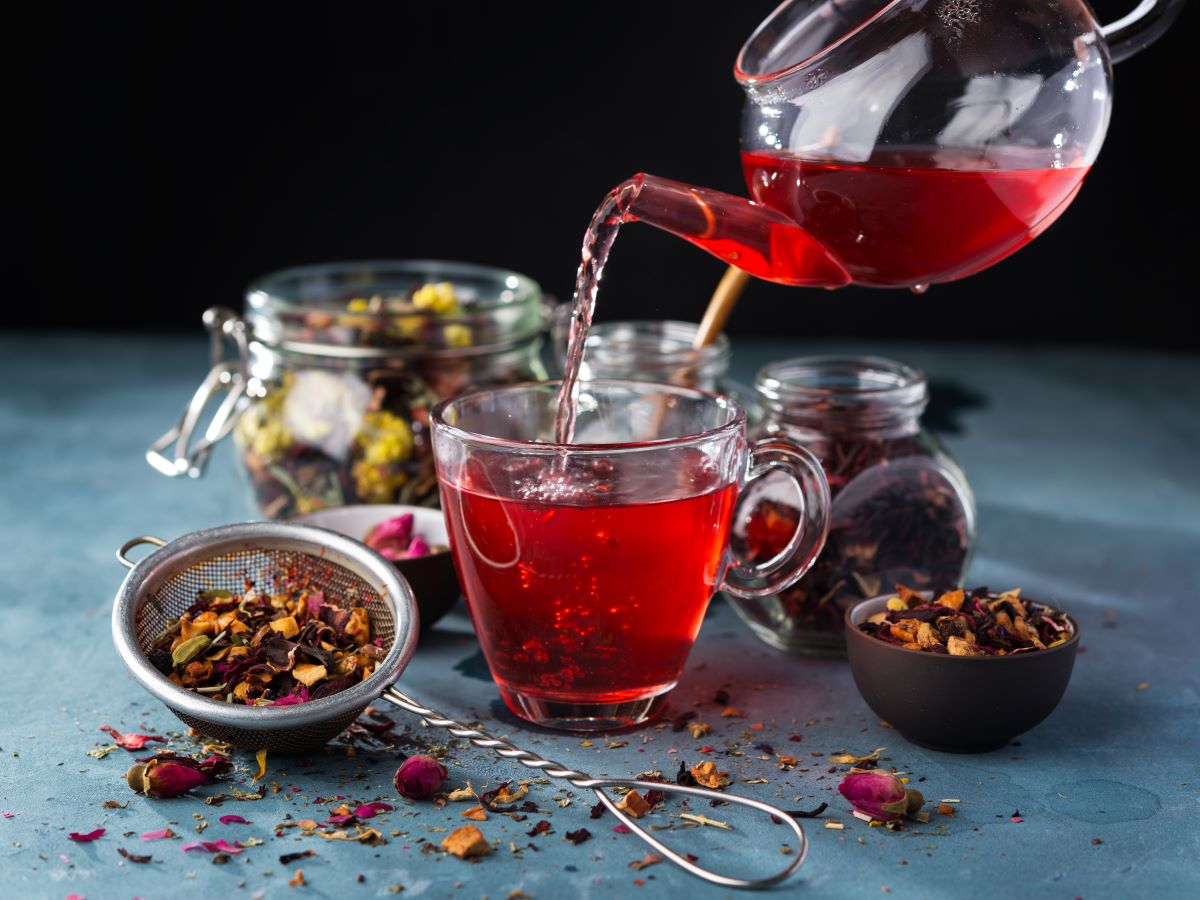
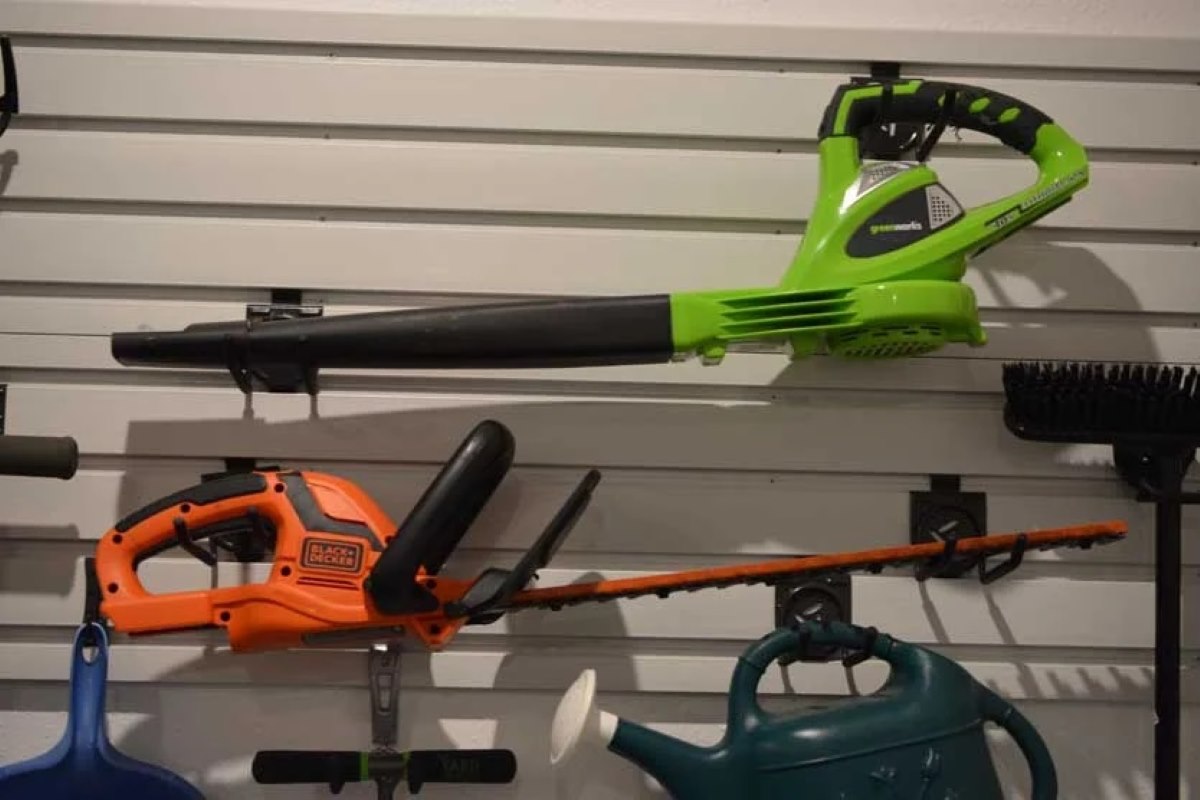
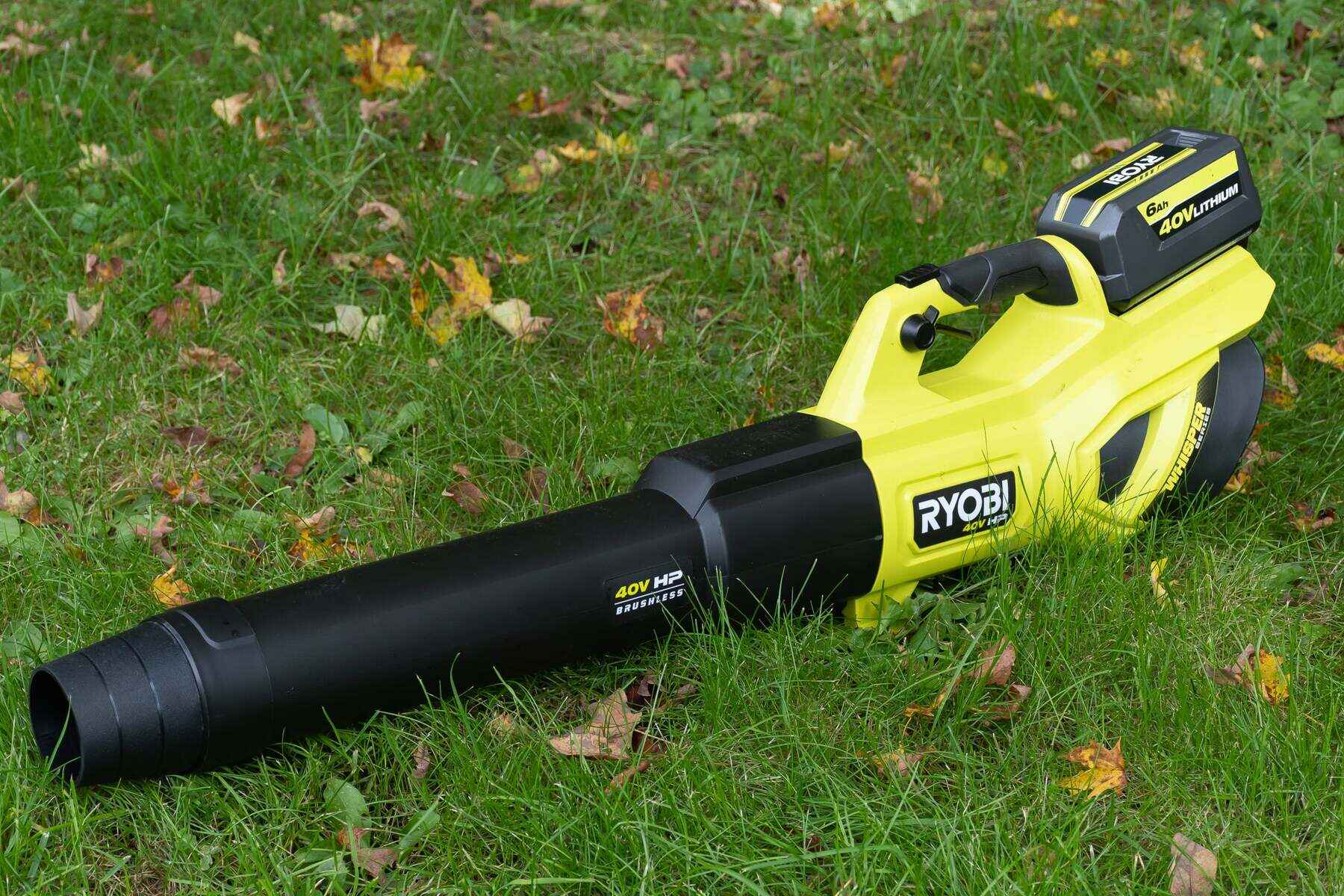
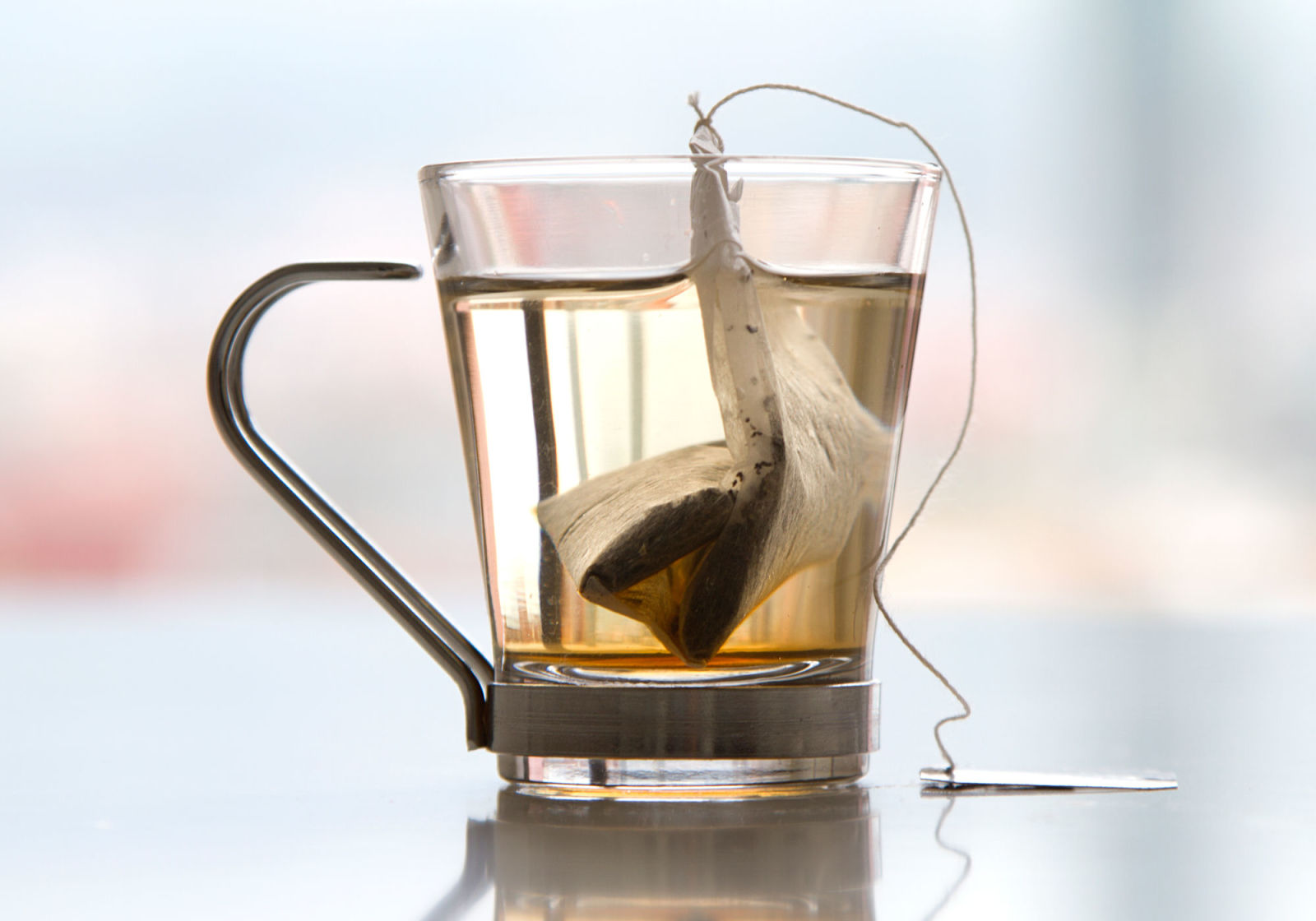
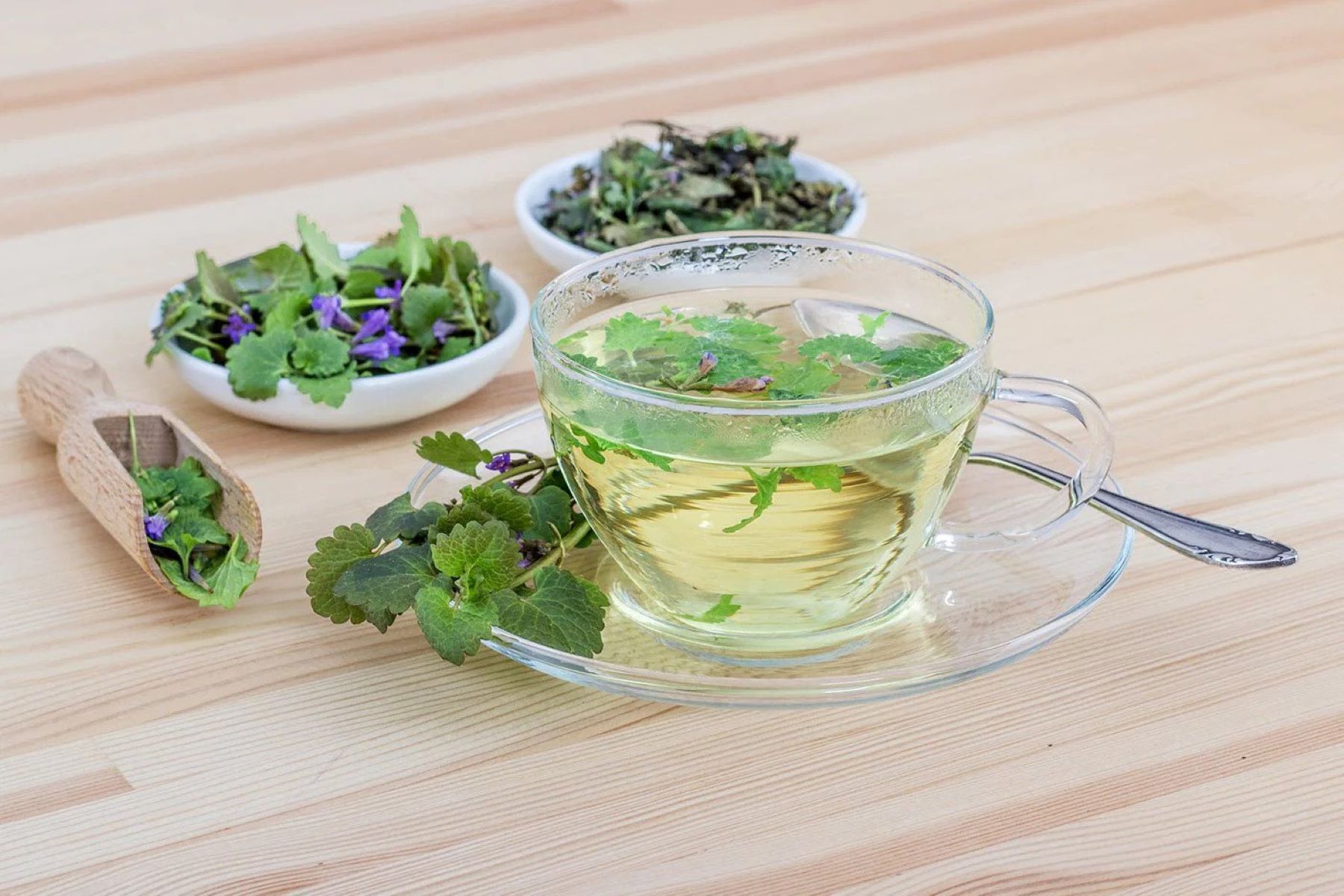
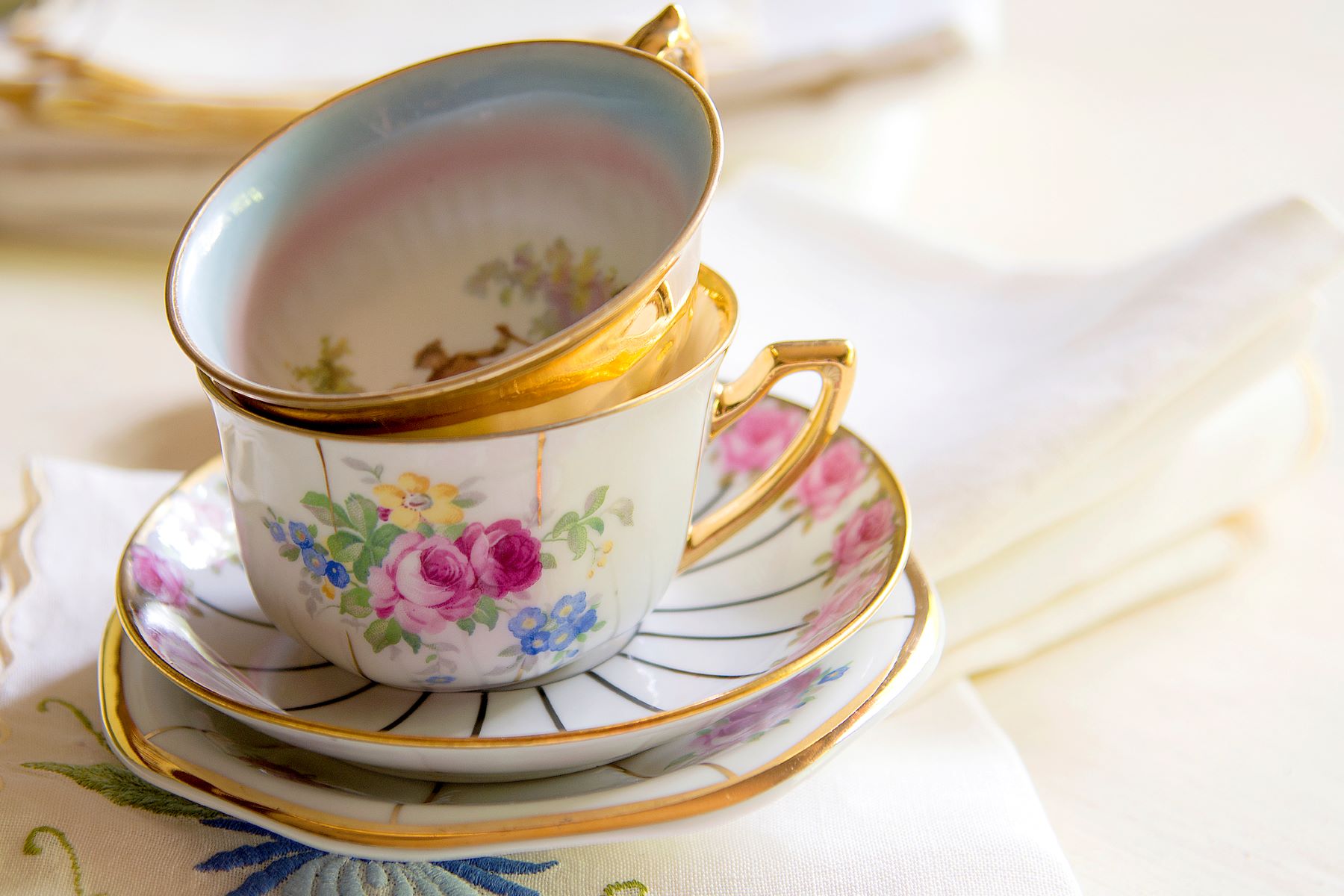
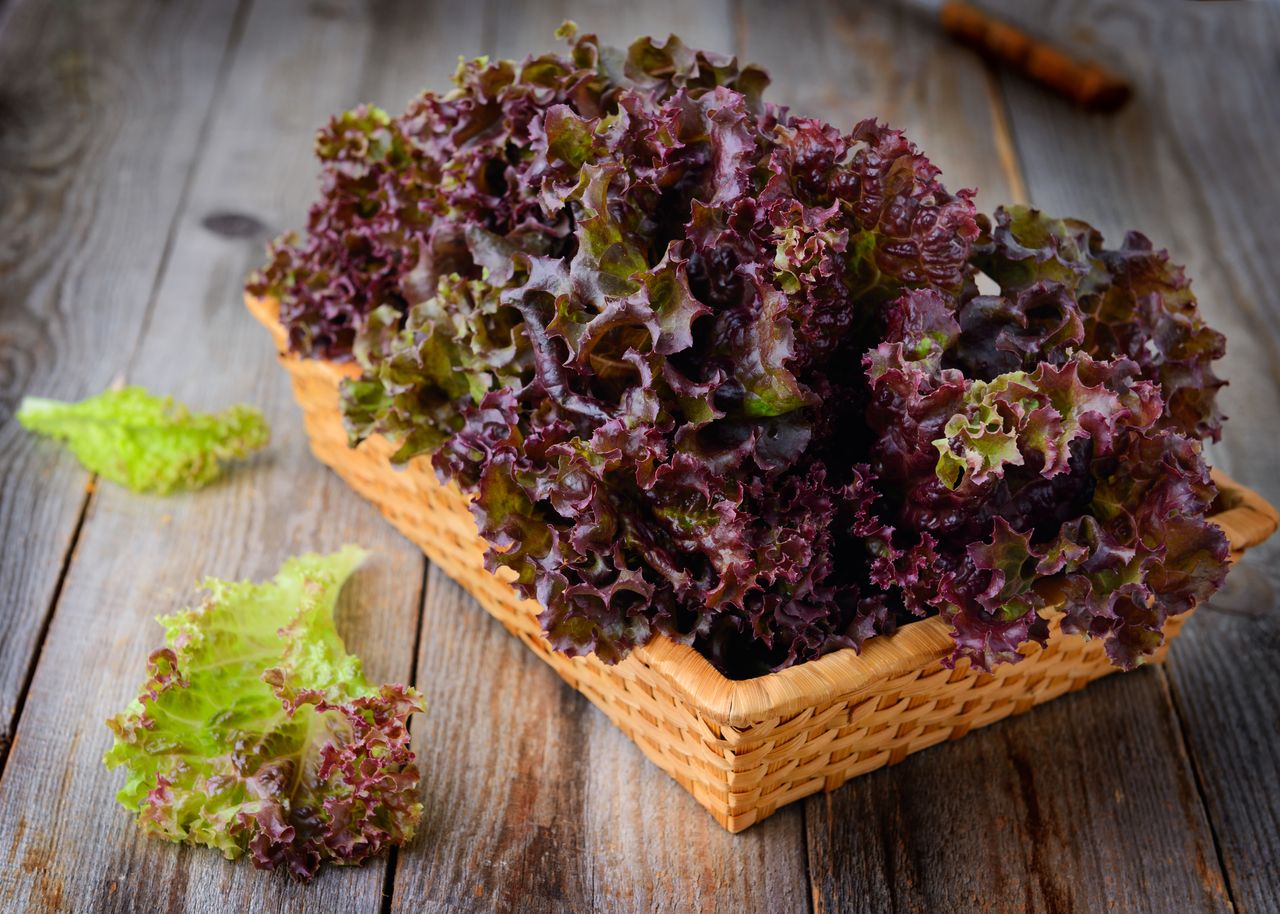
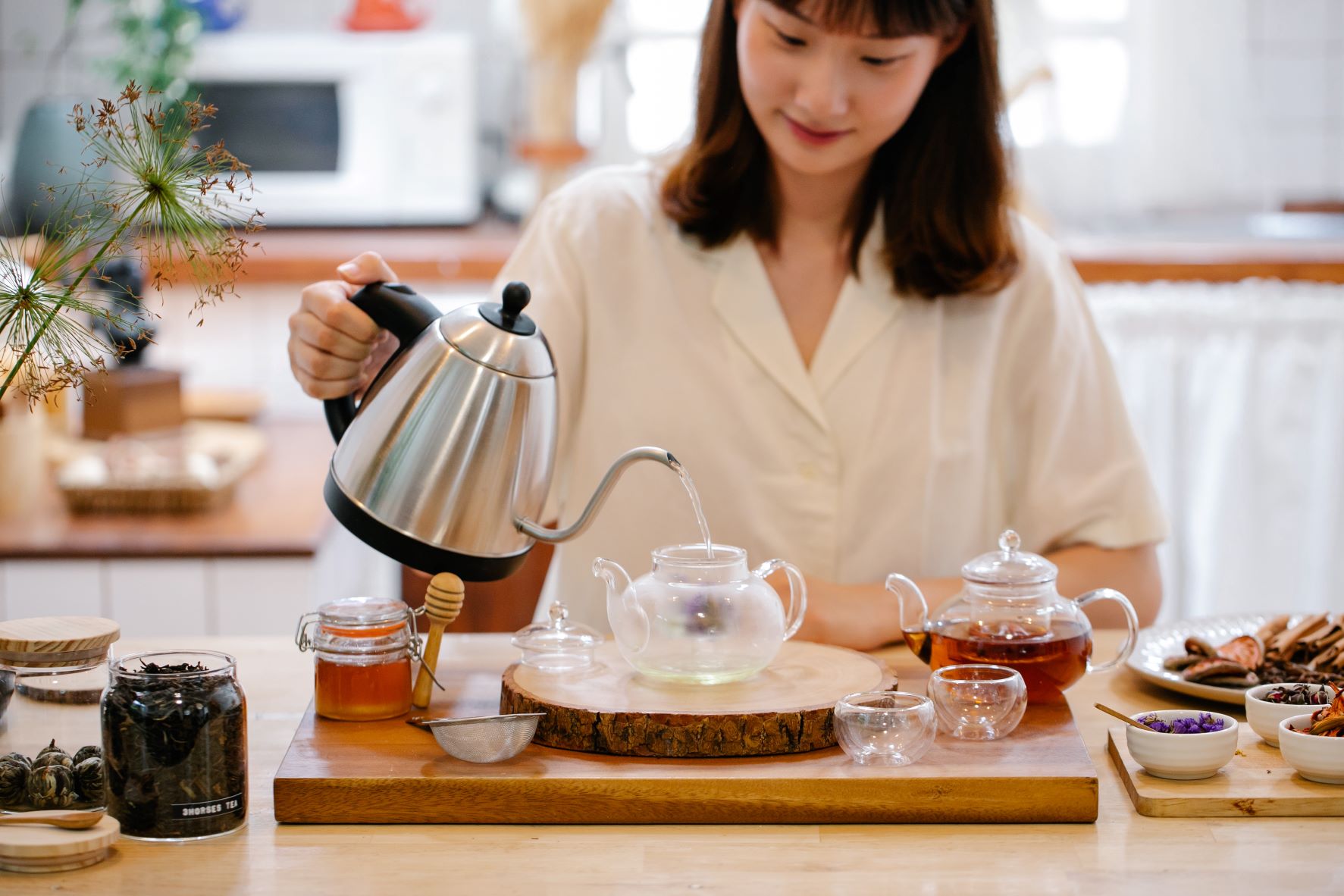
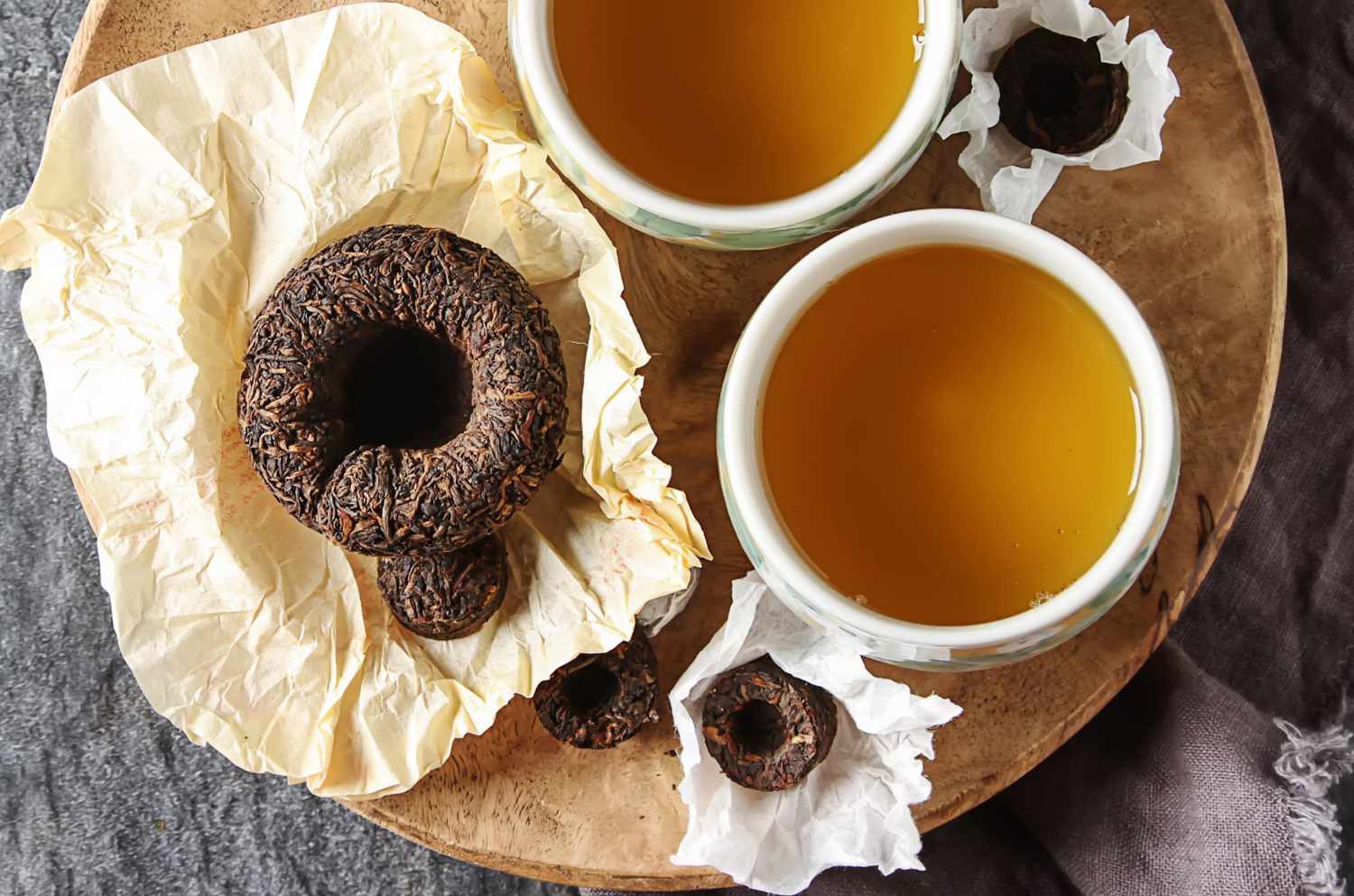
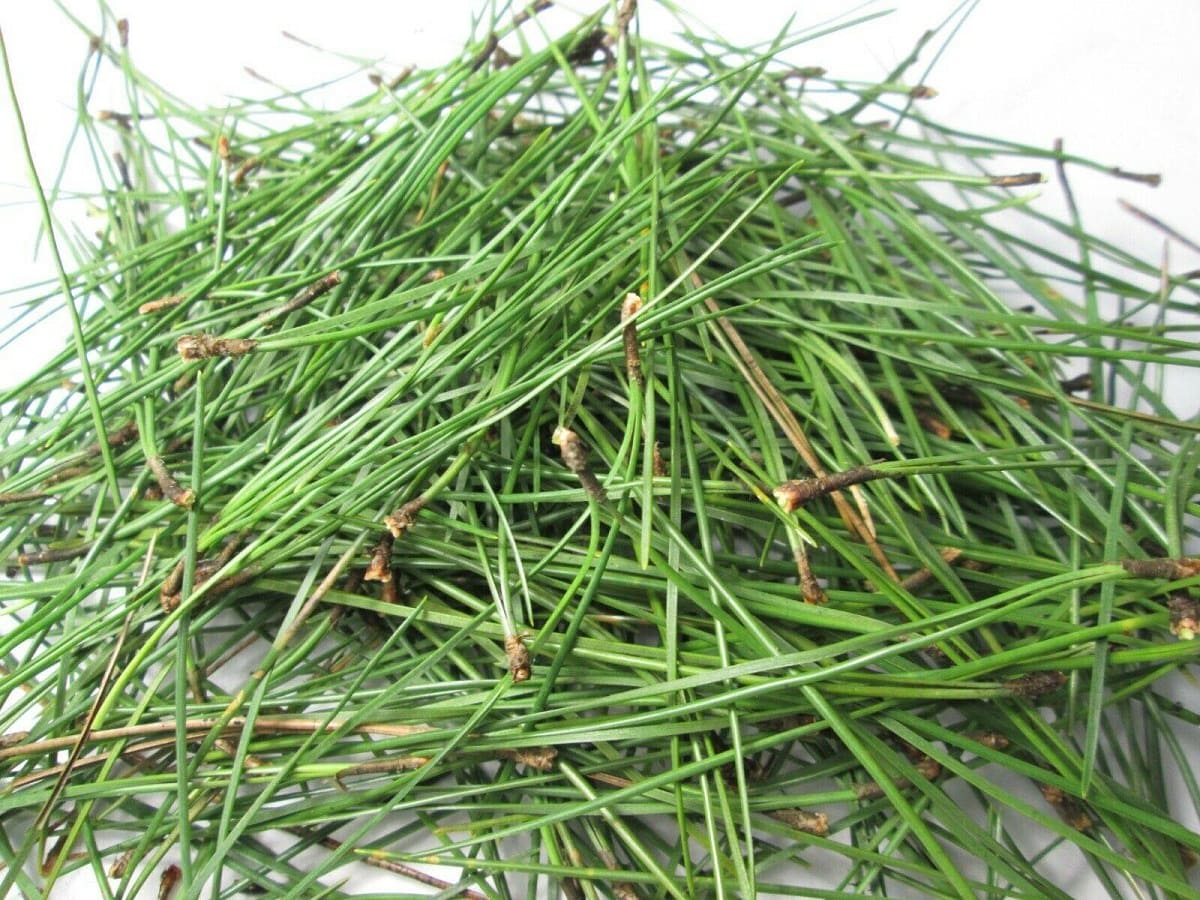
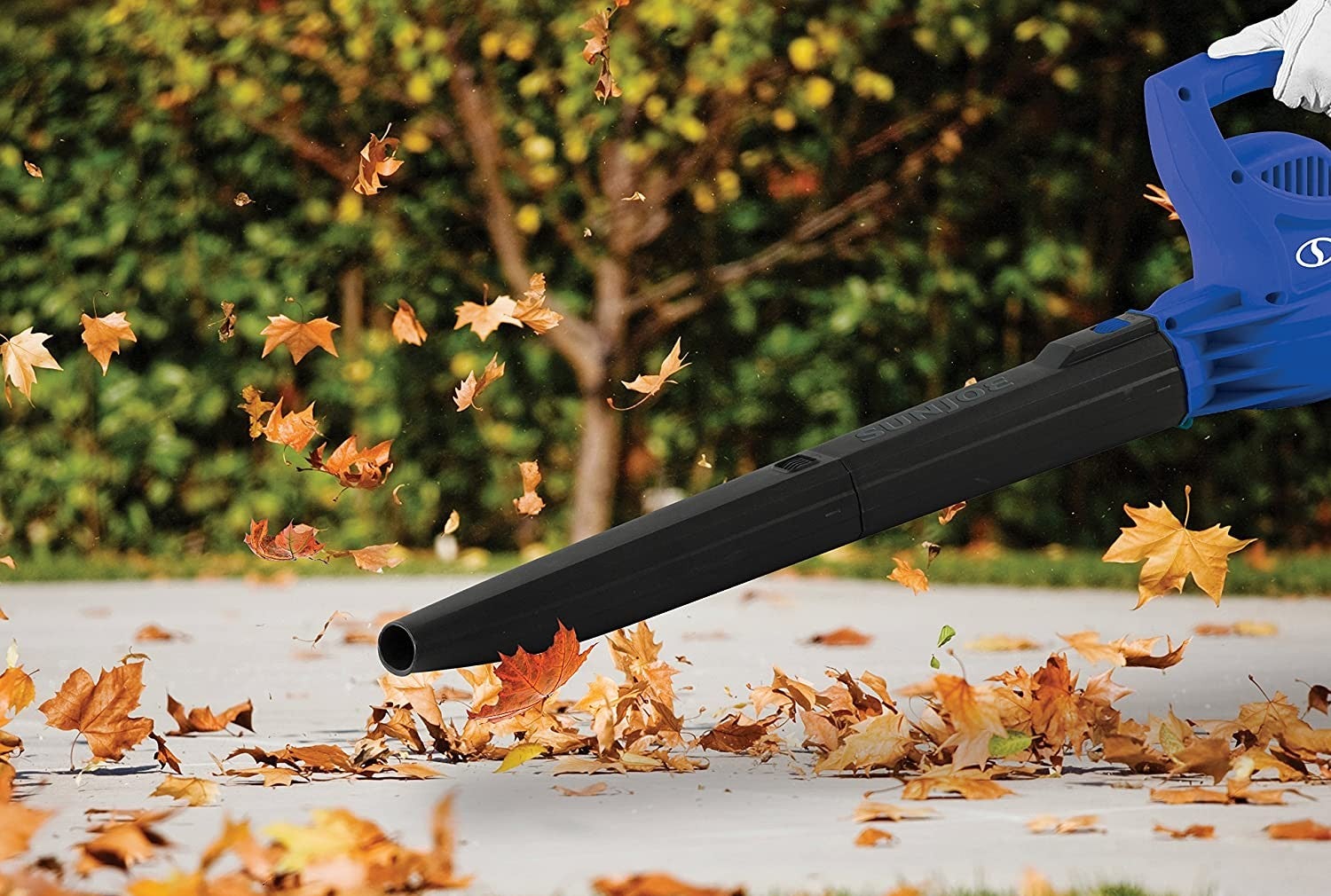
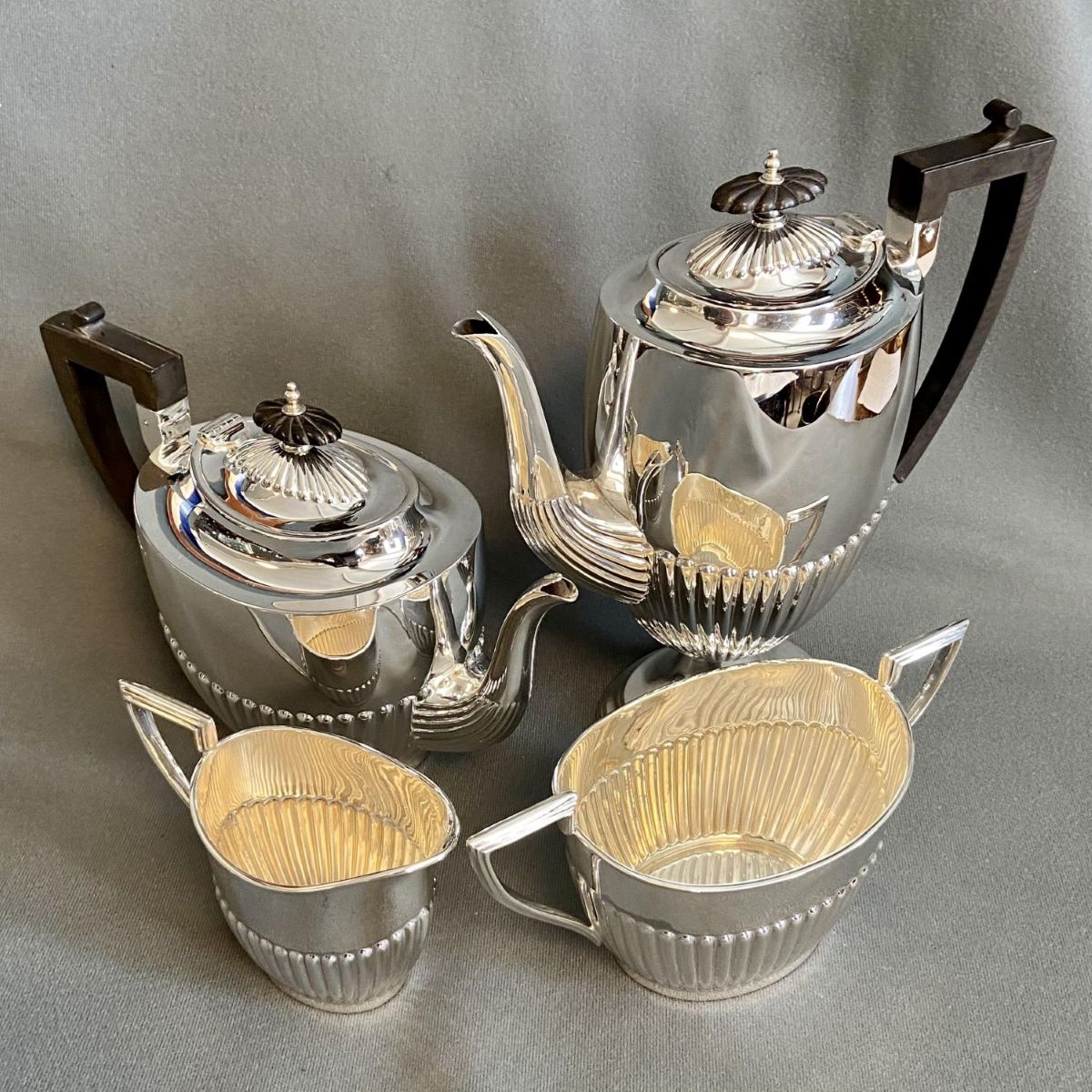
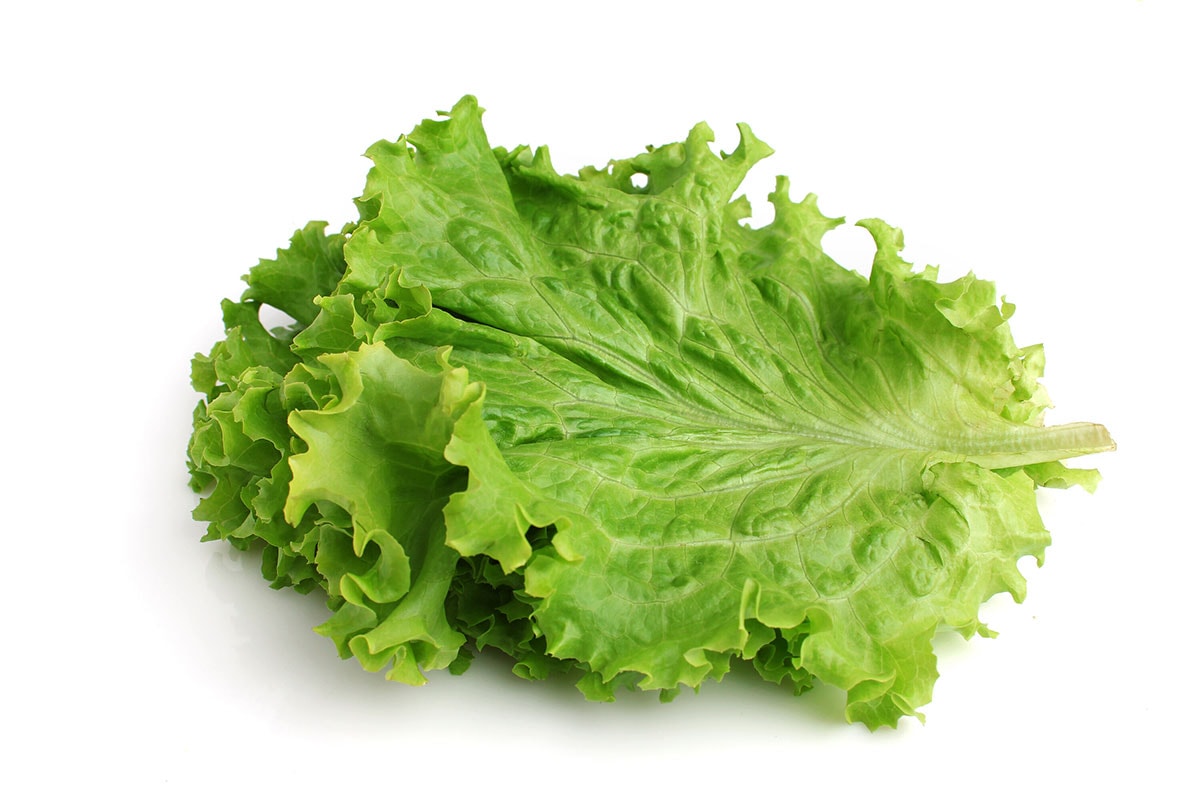
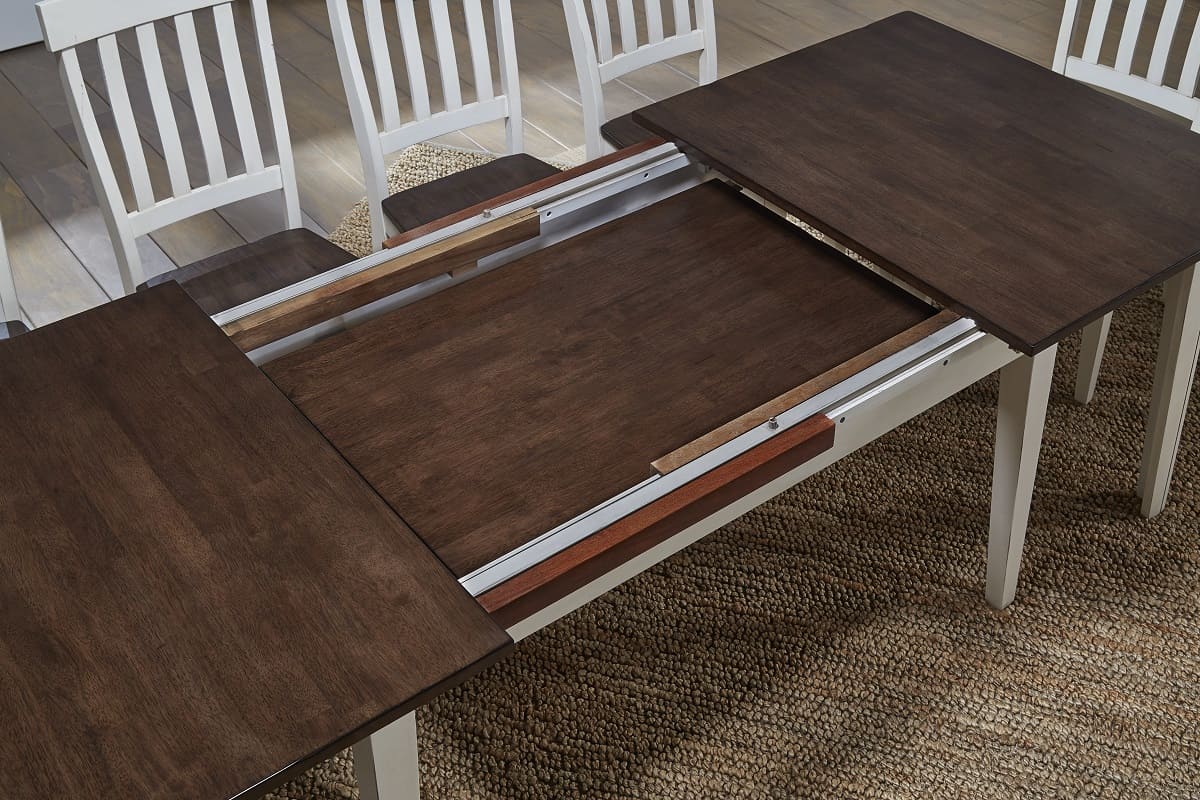

0 thoughts on “How To Store Loose Leaf Tea”